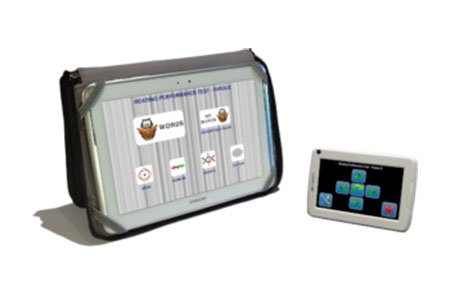What is Dyslexia?
Dyslexia is a disorder classified as a Specific Learning Disorder (SLD). Its main manifestation consists in an altered reading scan, as well as in the difficulty of processing and understanding the texts, not attributable to insufficient intellectual abilities, poor education, sensory deficits or external causes.
If this problem is not identified early, the consequences can be serious. Generally, in fact, during primary school it is possible to evaluate the prerequisites for reading skills, in such a way as to be able to intervene, strengthening the most deficient skills.
Recently, the scientific literature has found an increase in the incidence of these disorders. In fact, learning difficulties affect 4% to 10% of the primary school population
How is a diagnosis made?
To make a diagnosis, a multidisciplinary approach is needed. An ophthalmological and orthoptic evaluation with particular attention to the neuro-ophthalmological analysis, however, are necessary to evaluate the correct development of visual skills.
What is the TETRA® platform?
From today, through the TETRA it is possible to provide adequate information on the patient’s condition, in order to set up a suitable rehabilitation protocol.
This device, also available in our offices, allows an early diagnosis of dyslexia, to allow an equally early rehabilitation strategy.
This hi-tech platform provides for the execution of the following tests:
- Test Report – Reading Performance test, for the estimation of the lexical function.
- Contrast sensitivity test, psychophysical test to detect contrast sensitivity on the lowest spatial frequencies (deficient in dyslexic subjects).
- Eidomorphometry test, to diagnose and quantify the presence of an anisotropy of spatial relationships.
- Motor and Sensory Ocular Dominance Test.
The objective is therefore to certify the visual-perceptive situation of each patient, in order to favor him in the diagnosis, so that it is possible to set up a rehabilitation protocol suitable for each individual case.
